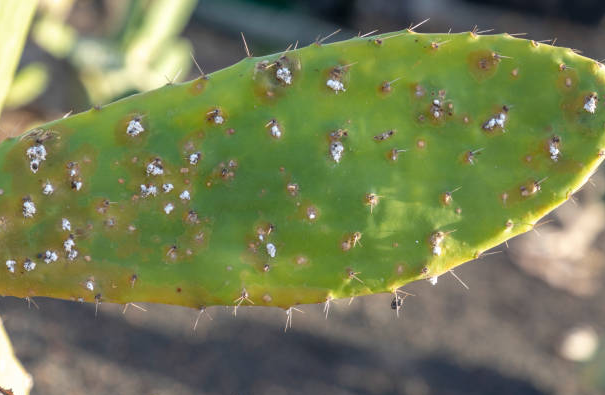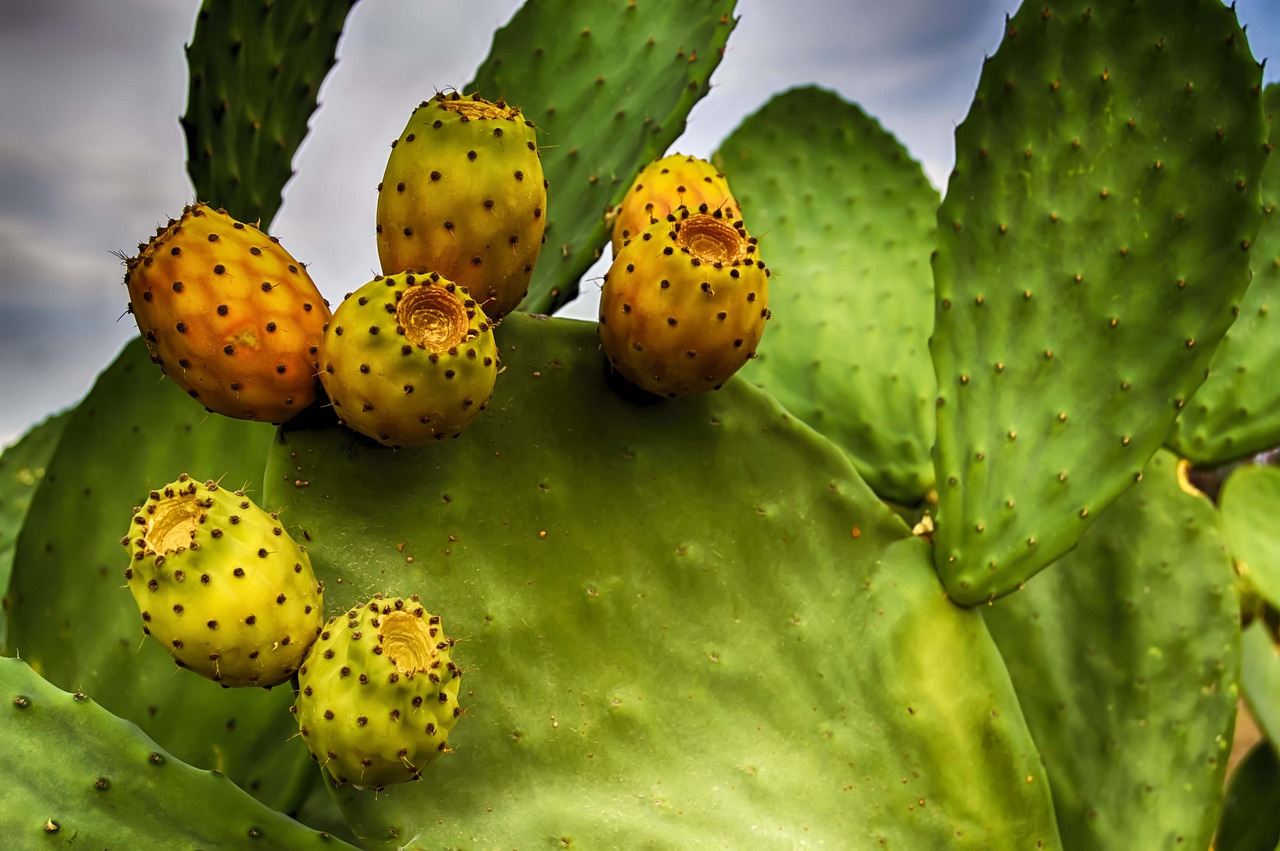The Cochineal Beetle: Andalucía’s Uninvited Guest
The picturesque landscapes of Andalucía, known for their diverse flora and fauna, have recently faced an unexpected adversary: the cochineal beetle. This minuscule insect, while seemingly harmless at first glance, has been wreaking havoc on the region’s beloved chumberas (prickly pear cacti).
A Journey Through Time The relationship between Spain and the cochineal beetle dates back centuries. Originally from Central and South America, the beetle was introduced to Spain in the 16th century, not as a pest, but as a valuable resource. The beetle’s larvae produce a vibrant red dye, carmine, which quickly became a prized commodity in Europe’s textile industry. For years, the beetle was cultivated and harvested for this dye, with little to no impact on the local ecosystem.
However, as time passed and the demand for natural dyes decreased due to synthetic alternatives, the cultivation of the cochineal beetle reduced. But nature has its way of filling voids. With fewer natural predators and an abundant food source in the chumberas, the beetle’s population surged, leading to the current predicament.

The Silent Destruction of Chumberas Chumberas are more than just a plant in Andalucía; they are a symbol of the region’s natural beauty and resilience. These cacti provide sustenance to various local species and play a pivotal role in maintaining ecological balance. The cochineal beetle, by feeding on the sap of the chumberas, not only weakens the plants but also paves the way for other pathogens to invade, causing a domino effect of destruction.
The Road to Recovery Addressing the cochineal beetle infestation requires a multi-pronged approach:
- Biological Control: The introduction of natural predators, such as specific ladybug species, can help keep the beetle population in check. These predators feed on the cochineal beetle, providing a natural solution to the problem.
- Chemical Interventions: Targeted pesticides can be effective in reducing beetle populations. However, it’s essential to ensure that these chemicals don’t harm the surrounding environment.
- Community Initiatives: Workshops and training sessions for local farmers and communities can equip them with the knowledge to identify and address infestations early on.
- Research and Development: Investing in research to understand the cochineal beetle’s life cycle, habits, and vulnerabilities can lead to innovative solutions.
A Collective Effort The battle against the cochineal beetle is not just about saving the chumberas; it’s about preserving Andalucía’s rich biodiversity and heritage. By combining traditional knowledge with modern science and fostering community participation, there’s a bright hope for the future of chumberas and the many species that depend on them.
In the end, the story of the cochineal beetle and the chumberas is a testament to the delicate balance of nature and the consequences of unintended interventions. It serves as a reminder of our responsibility to understand and respect the intricate web of life that surrounds us.




